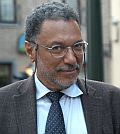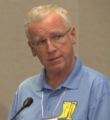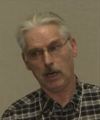SUSTAINABLE WATERSHED SYSTEMS: Every urban creekshed comprises a ‘constructed commons’ and a ‘natural commons’, and each is a system – this way-of-thinking is foundational to the Ecological Accounting Process (EAP) which looks at the value of the lands that underlie the natural commons

Professor John Henneberry in the United Kingdom and the Partnership for Water Sustainability in BC have identified the same methodological problems – that is, natural systems do not dissect conveniently in order to be quantified and given financial value. ”Quantifying and valuing nature are complex tasks. Undertaking them alters our conception of nature. As a result of it, nature appears more fragmented because we have to slice it into categories and dice those categories into bits before we can value bits of those bits,” states John Henneberry.










